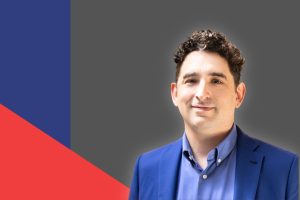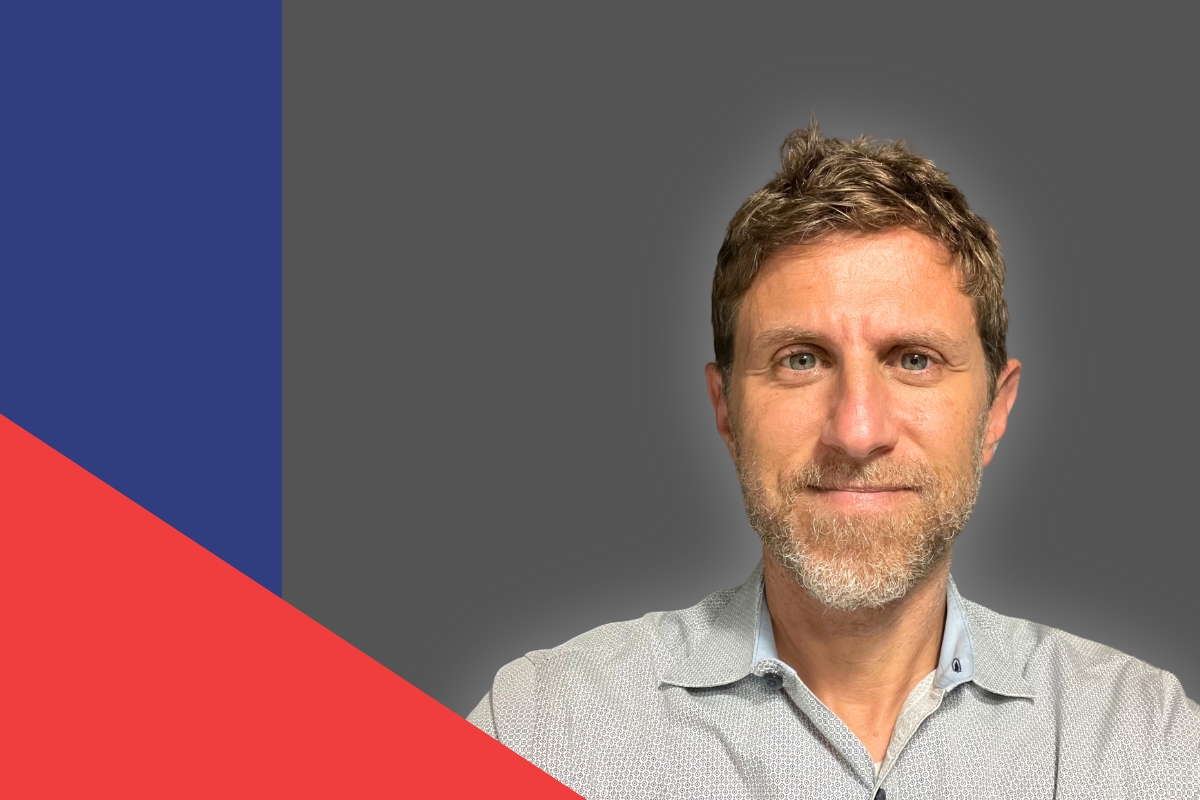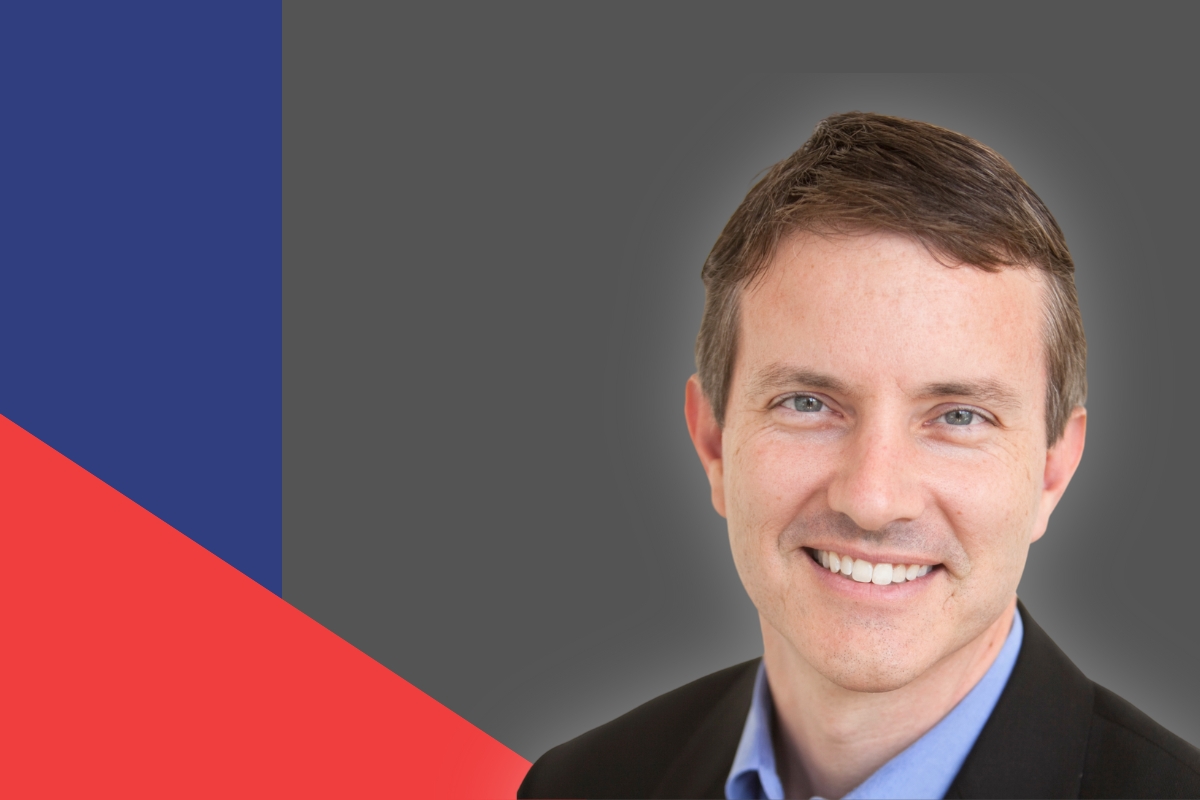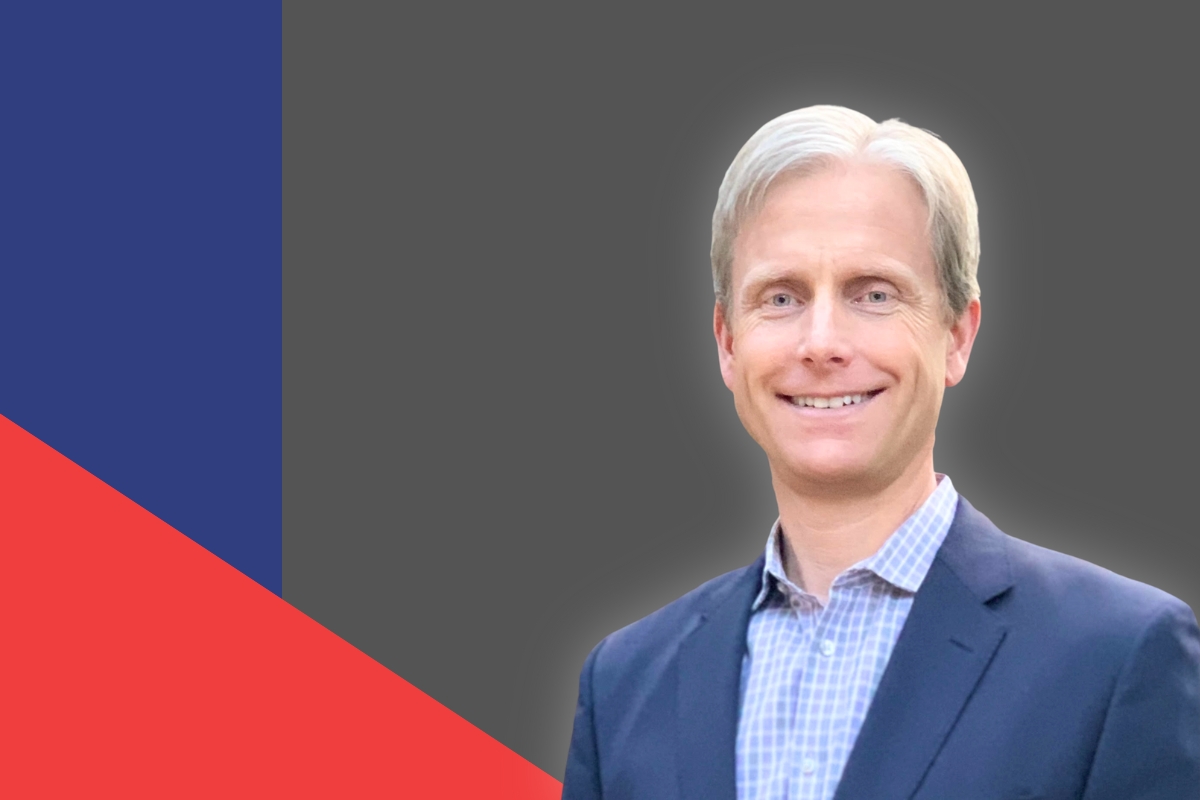
Christopher Naismith – CEO of Audette
In the last 10 years, the term net zero has evolved from buzzword to policy – a policy adopted by every major company and government agency to reduce and offset the amount of carbon emitted into the atmosphere. But it’s not enough to simply pledge net zero. Countries, corporations, and even individuals need to take action to reach their net zero goals, and to hit those goals, they need a plan. A decarbonization plan.
Decarbonization planning has emerged as a critical pathway to hitting net zero targets and building a sustainable future. It involves the systematic reduction of carbon emissions across various sectors, ensuring a cleaner and more resilient energy system. It’s not always easy to implement, and even more difficult to scale. Audette, headed by CEO Christopher Naismith, is out to change that. With his background in building engineering and experience as an energy auditor, Naismith has positioned Audette as a pioneering force in the renewable energy sector – and unlocked the key to scalable decarbonization planning.
From Chopping Trees to Renewable Leadership
Naismith started his journey in the renewable energy sector and decarbonization with boots on the ground. Literally. “My job was basically to cut down trees and put up suburbs,” he reminisces. “It wasn’t super fulfilling, but what it taught me was the importance of engineering decisions and the upstream drivers of how our world operates.” Naismith’s observations led to an epiphany about the importance of design and engineering. “We spend a lot of our time in buildings. I spend a lot of my time in buildings. But I didn’t design nor do I operate any of those buildings, so my environmental footprint is largely dictated by somebody else’s decisions.”
Building on Early Insights
This early exposure to the challenges and opportunities within the energy sector fueled Naismith’s passion for decarbonization. As he moved up to higher and higher levels of decision-making, he discovered a real lack of strategic planning. “I realized there’s not very good business intelligence being used to drive strategy – we deploy resources a lot like random acts of sustainability rather than strategic planning against the overarching goal.”
With these challenges in mind, Naismith founded Audette, a company dedicated to accelerating the transition of commercial real estate buildings to zero carbon operations through strategic decarbonization planning. “Our mission is to create, and execute, a carbon reduction plan for every building on the planet,” he explains.
Understanding Decarbonization Plans
Naismith’s nuanced understanding of decarbonization and net zero emissions is vital for companies navigating the sustainability landscape. “Net zero as a concept is different from decarbonization in that you could purchase offsets to be net zero,” he explains. “Decarbonization means actually removing carbon from your footprint.”
This distinction is crucial for organizations that want to make meaningful strides toward sustainability. Naismith highlights the importance of understanding the two primary types of carbon emission risks in real estate: physical risk and transition risk. “Physical risk refers to the direct impacts of climate change, such as flooding, mudslides, and other natural disasters that can damage buildings and infrastructure,” he explains. “Transition risk, on the other hand, is about how the market perceives carbon in relation to asset values and how you can stay ahead of the curve to mitigate the financial and regulatory risks associated with carbon emissions.”
Connecting Risks to Strategic Planning
In the real estate sector, transition risks are becoming increasingly critical as they start to influence asset values. “Building performance standards like Local Law 97 in New York City and BERDO (the Building Energy Reporting and Disclosure Ordinance) in Boston are introducing financial risks across various dimensions,” Naismith points out. “These standards directly impact the net operating income of properties, which in turn affects their asset values. So, a decarbonization plan is essentially a strategy to mitigate these transition risks.”
Naismith believes that the market dynamics are shifting, and forward-thinking asset managers are recognizing the need to be proactive. “By 2030 or 2035, properties with lower carbon footprints will likely be more attractive to buyers because they represent less transition risk,” he says. “Furthermore, many large real estate players are leasing to Fortune 500 companies, two-thirds of which now have net zero pledges. These companies are integrating net zero considerations into their corporate and leasing strategies.”
To date, some real estate firms have managed to stay ahead of these trends by obtaining LEED certifications for flagship assets in their portfolios. However, Naismith stresses the need for a broader approach. “It’s not enough to have certifications for a few key properties like Google’s corporate headquarters,” he argues. “We need to think about the entire portfolio. For example, we’re working with a large healthcare provider that has 1,100 leases across the country, mostly in strip malls for pharmacies and medical offices. They need a comprehensive strategy to address decarbonization across all these properties.”
Breaking Down Barriers to Effective Decarbonization
Traditional methods of originating decarbonization projects often rely heavily on deploying engineering resources. Naismith acknowledges the value of these methods but also recognizes their limitations. “I have a lot of respect for it, but it is fundamentally broken,” he states. The current approach requires a significant number of sustainability experts—resources that are simply not available. “There’s not enough people on LinkedIn with sustainability in their titles to even audit every single building, even once,” he points out. This scarcity, combined with the high costs and lengthy timelines associated with traditional audits—often $300 per hour and totaling $10,000 to $50,000 per building—renders this method unscalable for global decarbonization efforts.
Innovative Solutions for Scaling Up
Audette is addressing these challenges by revolutionizing the data collection process and enabling building owners to bypass the massive data collection exercises traditionally required. “We start with a set of models for the buildings which we pre-built, but then get better and better the more data you can add to them,” Naismith explains. These models are actionable from day one and can be applied at a portfolio scale, allowing for comprehensive decarbonization planning. By flipping the script on how projects are identified and prioritized, Audette unblocks the potential for real progress. “You can’t identify all those projects if you do it the traditional way, but you can if you can flip the script on how those things get bubbled up to the top of our priorities,” Naismith concludes.
Audette’s Innovative Approach to Decarbonization
Audette’s approach to decarbonization is multifaceted, leveraging advanced data analytics, cutting-edge technology, and strategic planning. “At Audette, we embed the experience of energy auditors, decarbonization planners, and engineers into scalable modeling that can be deployed at the scale of hundreds or thousands of buildings at a time. It’s broadly out of a recognition that most of the tech that’s needed for decarbonization already exists,” Naismith says. The technologies he mentions include pre-established technologies like solar, batteries, heat pumps, lighting, and automation solutions. However, deploying them presents a challenge. Project origination is often slow, painful, and expensive, leading businesses to struggle with building capital strategies due to cost. Audette aims to provide real, defensible, and investable intelligence that businesses can integrate into their internal processes. “We aim to make these plans easy to generate and easy to consume,” Naismith notes.
Audette addresses this challenge by providing scalable and actionable intelligence for every building. “Every time our users go to the capital planning table, they have intelligence on what projects they need to do, and they can just feed that into their internal business processes,” Naismith notes. Audette aims to equip every stakeholder with this intelligence and, by doing so, help commercial real estate firms integrate decarbonization strategies seamlessly into their operations.
However, Naismith does stress that decarbonization planning isn’t a one-size-fits-all approach. “There’s no cookie-cutter approach; each building, each portfolio, has its unique challenges and opportunities. Our aim is to also tailor our strategies to fit the specific needs of each client,” he explains.
A Data-Driven Approach: CRREM and Strategic Planning
An important tool in Audette’s arsenal is the Carbon Risk Real Estate Monitor (CRREM), which sets specific carbon intensity and energy use targets. “CRREM gives you an absolute target for every single building type, commercial building type, based on science-based targets,” he explains. “It introduces the concept of stranding, meaning if your building is performing below the curve, that’s good. But at some point, if it intersects with that curve, it moves above. That’s the year that your asset strands, meaning it’s going to start to lose value in the market because of its carbon performance.”
While this may seem daunting, Naismith views it as a critical driver for market transformation. “There are a lot of European investors who invest in the US and Canada who won’t touch properties in the future unless they hit the CRREM curve,” he points out. “This creates a smaller buyer pool for assets, less competition, and price implications. Folks need to be aware that this is being integrated into decision-making around investment in North American property.”
Encouraging Climate Careers: A Call to Action
For those looking to enter the decarbonization field, Naismith has good news – you might already be there. “Most jobs are climate jobs, whether they know it or not,” he states. “My first area of encouragement to folks is, before you start just upskilling as, say, an environmental scientist, take a look at your own domain and understand what needs to be true for us to realize this future economy, and then upskill against that. Maybe you need to learn some new set of management skills. Maybe something material; science-based. But it might not be as far away as you think.”
Shaping a Sustainable Future: The Vision Ahead
Looking ahead, Christopher Naismith envisions a future where decarbonization is integral to every aspect of real estate and beyond. “In ten years, the information on what to do about carbon emissions will be ubiquitous and free,” he predicts. “Every single financial and physical asset will have an understanding of its carbon performance and mitigation strategy attached to it.”
The path to this future is paved with plenty of challenges and opportunities. Naismith expresses optimism, particularly regarding emerging market dynamics. “What excites me is the earliest motions and indications that there’s going to be a delta between the costs of high carbon and low carbon assets,” he says. “That opportunistic gap is a new imperative for retrofitting, beyond just the cost savings. It’s net new to the market and is going to have a flywheel effect.” This opportunistic gap represents a pivotal moment for developers and investors. Even if the gap starts small, it offers a significant leverage point. “You can pick up high carbon assets, stabilize them as lower carbon assets, and bring them back to market for a higher value,” Naismith explains. This shift is more than just a financial strategy; it’s a new imperative for retrofitting that extends beyond cost savings.
Naismith’s outlook is rooted in his industry experience and belief in the power of market economics i.e. that sustainable practices aren’t just good for the planet—they’re good for business. “Capitalists doing what capitalists do is going to get the incentives aligned and then the money will flow,” he asserts.




